The end of the week turned out to be unsuccessful for the Russian currency: following the results of Friday trading, the dollar exchange rate closed above the level of 90 rubles/$, although on Tuesday it confidently remained noticeably below 89 rubles/$. Over three days, the rate increased by 1.52 rubles. The euro exchange rate added 1.28 rubles, to 97.72 rubles/€, the yuan increased by 20 kopecks, to 12,388 rubles/CNY. The weakening of the Russian currency was facilitated by the end of the tax period and the activation of speculators, who began to actively buy the currency that had fallen in price over the previous six weeks.
After the fall in foreign currency exchange rates at the beginning of the outgoing week, in the following days the ruble lost all its acquired positions. During Friday trading on the Moscow Exchange, the dollar exchange rate rose by 57 kopecks, to 90.42 rubles/$, which is 2.16 rubles. above the local minimum set on Tuesday. At the end of the day, the rate stopped at 90.10 rubles/$, which is 26 kopecks. higher than the end of the previous week. The euro exchange rate, which fell by almost 90 kopecks on Monday and Tuesday, rose by 42 kopecks at the end of the week, to 97.72 rubles/€. The yuan added 10 kopecks after five days. and closed at RUB 12,388/CNY.
The reversal in rates that occurred in the middle of the week was expected by market participants, as it was preceded by six weeks of almost continuous decline. From April 16 to May 28, the dollar exchange rate on the Moscow Exchange lost almost 6 rubles, to 88.56 rubles/$, the euro exchange rate decreased by 3.81 rubles, to 96.44 rubles/€, the yuan lost 79 kopecks . and returned to the level of 12.19 rubles/CNY. They haven’t fallen this much since last fall. “Decreased rates have become attractive for purchase in the medium term, both for importers and for the population,” says Vladimir Evstifeev, head of the analytical department of Zenit Bank.
The weakening of the ruble coincided with the completion of major tax payments. Last Tuesday, May 28, Russian companies completed the payment of VAT, mineral extraction tax and excise taxes in a total amount of 3.1 trillion rubles, according to estimates by Vladimir Evstifeev.
As a result, the ruble was left without a key internal support factor and found itself less protected from speculators. “Financial speculators could play against the ruble after the end of the tax period in anticipation of a smaller supply of foreign currency from exporters,” notes Sovcombank chief analyst Mikhail Vasiliev.
The sharp decline in exchange trading volumes of the yuan, the key foreign currency for settlements in foreign economic activity of domestic companies, also testifies to the decreased activity of exporters. According to the Central Bank, the share of the yuan in settlements for exports has grown by 0.3 percentage points (pp) since the beginning of the year, to 38.2%, while the share of «toxic» currencies has decreased by 8.6 pp, to 17.85%. According to the Moscow Exchange, the volume of trading in the Chinese currency for delivery «tomorrow» amounted to almost 110 billion rubles on Friday, which is 14% lower than Tuesday's figures and 35% higher than last Friday's figure. At the same time, the volume of trading in the dollar and the euro remained at approximately the same levels, 94 billion and 34 billion rubles.
The decrease in foreign currency supply from exporters will be partially offset by foreign currency supply under the updated fiscal rule. But sales volumes of Chinese currency are small and amount to about 6.2 billion rubles. in a day. Therefore, according to Vladimir Evstifeev, in the coming sessions the dollar exchange rate may consolidate in the range of 90–92 rubles/$.
The ruble may be supported next week by the Bank of Russia, which will decide whether to raise the key rate or leave it at the current level of 16%.
Mikhail Vasiliev believes that the Central Bank will increase the key rate by 100 basis points, to 17%, and keep it at this level until end of the year. An additional increase in the key rate could help strengthen the ruble in conditions of limited import activity due to secondary sanctions. “In this case, the profitability of ruble financial instruments will increase, which will increase their attractiveness for economic entities when creating savings,” explains PSB chief analyst Denis Popov. However, he himself does not expect an increase in the key rate next Friday, since he believes that the inflationary pressure that increased in April is temporary.







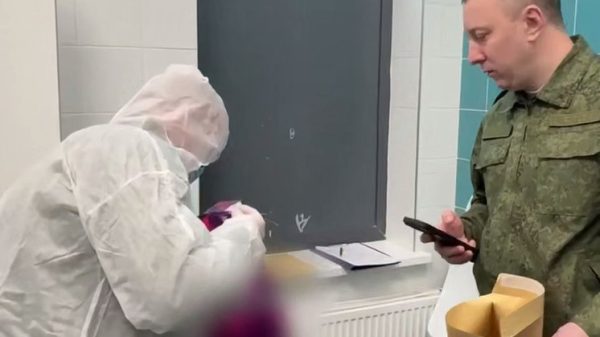


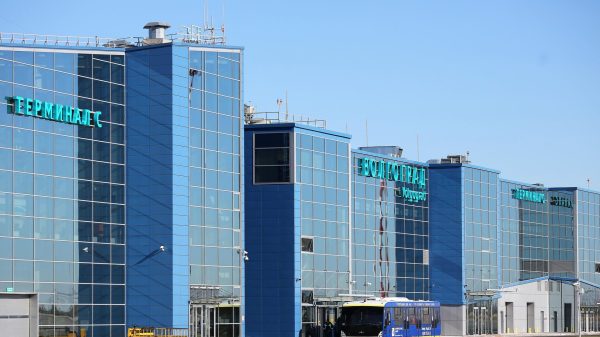


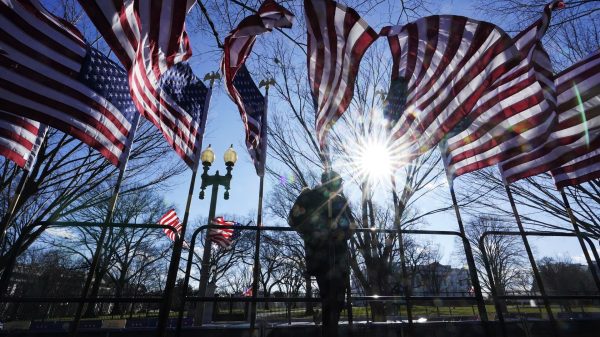




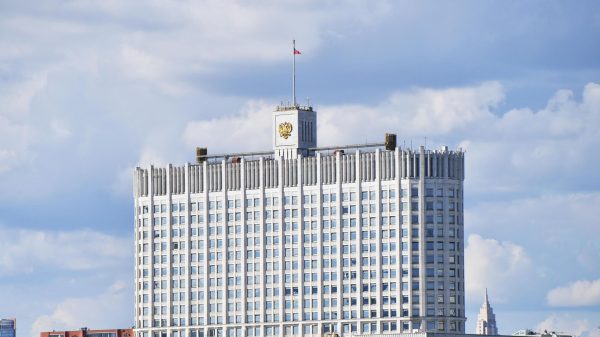
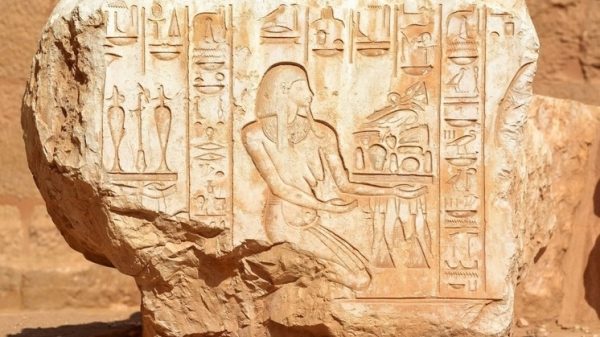


















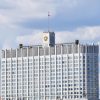
















Свежие комментарии